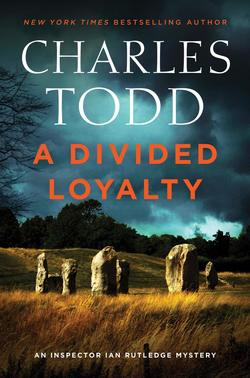Every single time I do a most anticipated list, I tell myself that this time, this time, I’m going to keep things in order. A nice tidy list of 15, I say to myself. The result is always what you see here—a wonderfully long list that makes me bounce up and down with excitement at the prospect of all the marvelous books to come.
 Nightchaser by Amanda Bouchet
Nightchaser by Amanda Bouchet
January 1 | Sourcebooks Casablanca
Yes, yes I know—this book is already out, but come on. Who isn’t excited for Bouchet to bring us yet another genre romance, this time a rip-roaring sci-fi adventure. I loved Nightchaser and so will you.
The One You Fight For by Roni Loren
January 1 | Sourcebooks Casablanca
Loren raises the degree of difficulty on the already tricky premise of her acclaimed series, which follows the survivors of a school shooting. The hero of this book, Shaw Miller, is the brother of one of the gunmen. But don’t worry—Loren pulls it off in her typically sensitive and romantic fashion.
Duchess by Deception by Marie Force
January 29 | Zebra
Romantic suspense icon Force is releasing her first-ever historical romance! And it’s set in the Gilded Age (which is so hot right now).
 Three Little Words by Jenny Holiday
Three Little Words by Jenny Holiday
January 29 | Forever
Holiday closes out her delightful Bridesmaids Behaving Badly series with this glorious road-trip rom-com between prickly, complicated model Gia and the very charming, very Southern chef Bennett Buchanan.
99 Percent Mine by Sally Thorne
January 29 | William Morrow
At long last, Sally Thorne is back. Three years her debut, The Hating Game, took Romancelandia by storm, she returns with a very sexy tale of childhood friends turned potential soul mates.
The Matchmaker’s List by Sonya Lalli
February 5 | Berkley
Having finally had it with her family’s pressure to get married, Canadian-Indian Raina decides to let her grandmother set her up on a series of blind dates. Chaos—and unexpected attraction—ensues.
 Devil’s Daughter by Lisa Kleypas
Devil’s Daughter by Lisa Kleypas
February 19 | Avon
I doubt I have to tell most of you what this one is about, but for those of you who are new . . . the daughter of one of romance’s most beloved couple (Evie and Sebastian of Devil in Winter) gets her own fairy-tale love story.
Hired by Zoey Castile
February 26 | Kensington
Castile seems to be on a one-woman mission to widen our definition of who can be a hero in a romance novel, and I am here for it. This New Orleans-set contemporary will follow escort Aiden Rios as he falls in love with politician’s daughter Faith Abigail Charles.
An Unconditional Freedom by Alyssa Cole
February 26 | Kensington
Cole wraps up her acclaimed, groundbreaking Loyal League series with the story of Daniel Cumberland, a wounded and passionate spy who has hovered on the periphery of the previous two novels. Each book in this series has shown readers a different, often under-explored facet of the Civil War, and An Unconditional Freedom will do so via its Cuban heroine Janeta Sanchez, the free daughter of an enslaved woman and a plantation owner.
Lady Derring Takes a Lover by Julie Anne Long
February 26 | Avon
After blessing us all with the delightful Hellcat Canyon series, Long is returning to historical romance. And let me tell you, if this first book (of which I have enjoyed an advance copy) is any indication, Long’s new series is going to be an utter joy. The titular lady discovers that her late husband has squandered away their money—and had a mistress to boot. So far, so standard. But then, she meets said mistress and decides to team up with said mistress to run a boarding house and thereby make sure they never have to depend upon a man ever again.
 In a Badger Way by Shelly Laurenston
In a Badger Way by Shelly Laurenston
March 26 | Kensington
Honey badger shape-shifter heroine. That’s honestly enough to sell me, but I raise you a giant panda shape-shifter hero. You’re either in or you’re out, and I am decidedly in.
When a Duchess Says I Do by Grace Burrowes
April 2 | Forever
My One and Only Duke was one of my favorite romances of the past year, and I am eagerly awaiting my reunion with the Wentworth family. Intelligent and honorable Duncan is next up for his HEA, and he’s about to fall for the mysterious Matilda, a woman on the run who hides her feelings behind barbed wit and snark. Basically, she’s going to fit right in.
The Savior by J.R. Ward
April 2 | Gallery
The only man to ever be expelled from the Black Dagger Brotherhood gets a chance at redemption and love in Ward’s latest installment in the wildly popular paranormal series.
A Duke in Disguise by Cat Sebastian
April 9 | Avon Impulse
This one actually made my fall 2018 Most Anticipated list, but its release seems to have been pushed back. Anywho, I’m still excited about anything Sebastian does, and am very interested to see what her first heterosexual romance will be like. (It’ll probably be devastatingly witty and clever, per usual.)
 The Rose by Tiffany Reisz
The Rose by Tiffany Reisz
April 16 | Mira
A few years ago, when I was still a baby romance editor, I stumbled across Reisz’s The Red. Reader, I was unprepared. The Red is one of the most gloriously over-the-top works of erotica I have ever read, a series of art-inspired and astonishingly decadent love scenes that showcase Reisz’s elegant prose and total fearlessness. Apparently, The Rose is a sequel and is inspired at least in part by Greek mythology. It will ruin my life, and I can’t wait.
Fumbled by Alexa Martin
April 23 | Berkley
Martin’s Intercepted was one of the freshest, funniest debuts of last year, and Fumbled has an equally intriguing plot (and just as fabulous a cover). Poppy Patterson and T.K. Moore were high school sweethearts, but now T.K. is a pro-football player and Poppy is a single mom who works a nightclub. Cue emotional fireworks when they unexpectedly reunite.
The Trouble with Vampires by Lynsay Sands
April 23 | Avon
A 3,000-year-old vampire finally finds his life mate in the 29th book of Sands’ bestselling paranormal series.
 A Prince on Paper by Alyssa Cole
A Prince on Paper by Alyssa Cole
April 30 | Avon
Cole is wrapping up not one, but two series this year! The finale of Reluctant Royals will finally put Prince Johan von Braustein (aka the sexy fictional Prince Harry of my dreams) in the spotlight.
Getting Hot with the Scot by Melonie Johnson
April 30 | St. Martin’s
There is quite a bit of buzz about Johnson’s debut, which seems to wed the genre’s never-ending love of a man in a kilt with the fun, zippy energy of contemporary romance. Her publisher certainly seems to think she’s a sure thing—the two sequels to Hot with the Scot will be released in May and June of this year.
Pride, Prejudice, and Other Flavors by Sonali Dev
May 7 | William Morrow
I will admit to some Austen-update fatigue. Does the world really need yet another retelling of Pride and Prejudice? However, my fatigue instantly dissipated when I saw Dev’s name. If anyone can deliver a fresh take on the classic story, it’s her.
 The Bride Test by Helen Hoang
The Bride Test by Helen Hoang
May 7 | Berkley
I and most of Romancelandia have been squealing about Hoang’s The Kiss Quotient (my pick for Best Romance of 2018) for many a month now, and I for one will be delighted to have another book of hers to add to my squee repertoire.
Red, White & Royal Blue by Casey McQuiston
May 14 | St. Martin’s
Well here’s a romance I never knew I needed. Alex Claremont-Diaz is son of the president of the United States. His nemesis is Prince Henry of Britain. Ten bucks says they hate-makeout in a limo.
Rebel by Beverly Jenkins
May 28 | Avon
Real talk, I think I passed out from sheer joy when I saw this jacket and read this synopsis. A transcript of my inner thoughts: “BEVERLY JENKINS! In NEW ORLEANS! Ooh, look at that dress.” And scene.
 The Rogue of Fifth Avenue by Joanna Shupe
The Rogue of Fifth Avenue by Joanna Shupe
May 28 | Avon
Whew, first of all, now that is a cover. Second of all, Frank Tripp has been a delightful, deeply charming presence throughout Shupe’s last series, and I am very excited to see him take center stage.
Wolf Rain by Nalini Singh
June 4 | Berkley
This one sounds epic even by Singh’s high standards: “An empath who is attuned to monsters—and who is going to charm a wolf into loving her despite her own demons.”
Say No to the Duke by Eloisa James
June 25 | Avon
I’ve adored the first three novels in the Wildes of Lindow Castle series, which is like the sweet, kindhearted cousin to Hulu’s “Harlots.” Same fabulous Georgian setting, way less death and sadness. This will be the first book with a lady Wilde in the lead—the fabulous Betsy, who wants to have one last adventure before making a brilliant match on the marriage mart.
 The Right Swipe by Alisha Rai
The Right Swipe by Alisha Rai
July 2 | Avon
After the high drama and glorious angst of her Forbidden Hearts series, it appears Rai’s new series is going to be a bit lighter in tone. Modern Love will revolve around the foibles and hilarity of the technology-driven contemporary dating world. And the first book will feature tech mogul Rhiannon Hunter, who stole many a scene in Rai’s last book.
The Wedding Party by Jasmine Guillory
July 16 | Berkley
I know all I really have to say is “Jasmine Guillory” for us all to get excited, but wait! There’s more! This book will star the two best friends of Alexa, our beloved heroine from Guillory’s debut novel, The Wedding Date, who hate each other as much as they are attracted to each other.
Wicked Bite by Jeaniene Frost
July 30 | Avon
Shades of Wicked was a snarky, sexy delight in the oft-dour sea of paranormal romance, and its sequel promises more adventure and drama for star-crossed lovers Ian and Veritas.
 Brazen and the Beast by Sarah MacLean
Brazen and the Beast by Sarah MacLean
July 30 | Avon
MacLean’s Bareknuckle Bastards is the rare historical series that makes a point of focusing on lower-class characters—specifically, a family of powerful and sexy criminals. Next up for his HEA is the strong and silent Whit, who finds himself falling for a new business rival.
Sapphire Flames by Ilona Andrews
August 27 | Avon
I have a soft spot in my heart for Andrews, whose Hidden Legacy series singlehandedly introduced this skeptic to the joys of paranormal romance. So I’m eagerly awaiting the second series set in this world, which will focus on Catalina Baylor, a teenage Siren who must learn to control her powers to solve a murder.
The Wallflower Wager by Tessa Dare
August 27 | Avon
The kindhearted, animal-loving Lady Penelope Campion has been a joy to behold throughout Dare’s latest series. Her very grouchy next-door neighbor doesn’t think so, and agrees to help Penny find new homes for all of her animals in exchange for finally having some peace and quiet. This will probably be military-grade adorable, and I’ll be squealing about it for weeks.
Someone to Honor by Mary Balogh
November | Berkley
I love Balogh’s Westcott series, which is the closest thing we’re ever going to get to a sprawling family saga penned by Jane Austen. There’s going to be a time jump of three years in this sixth installment, which will focus on Abigail Westcott. After the scandal that rocked her family to its core and revealed her and her siblings to be illegitimate, Abby isn’t even bothering to look for a husband, despite her family’s schemes to get her married.




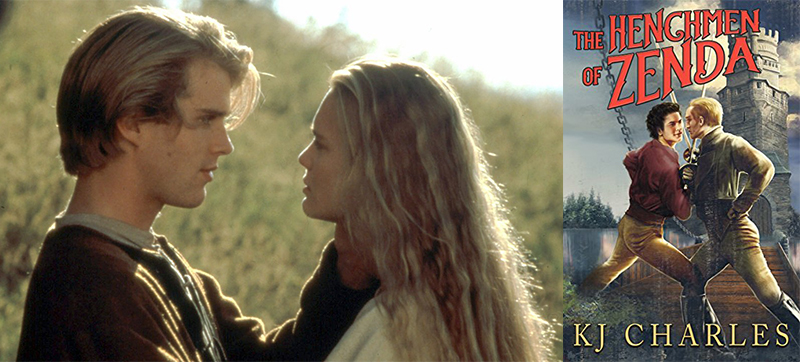
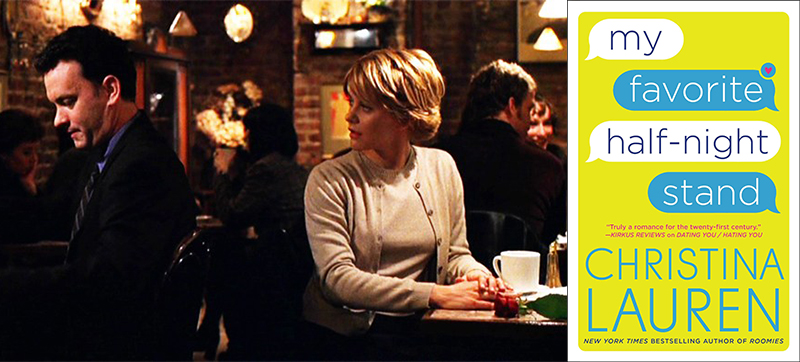

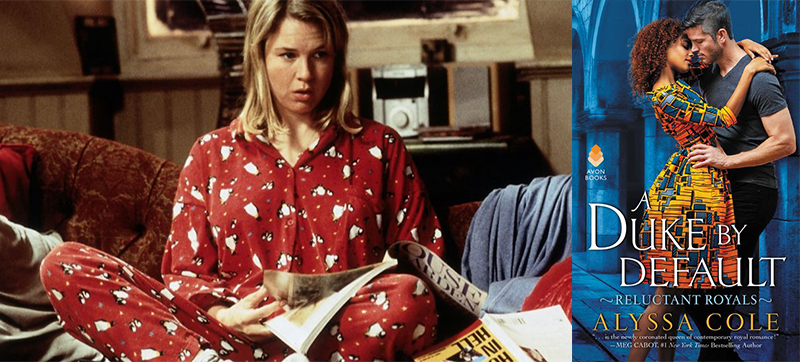
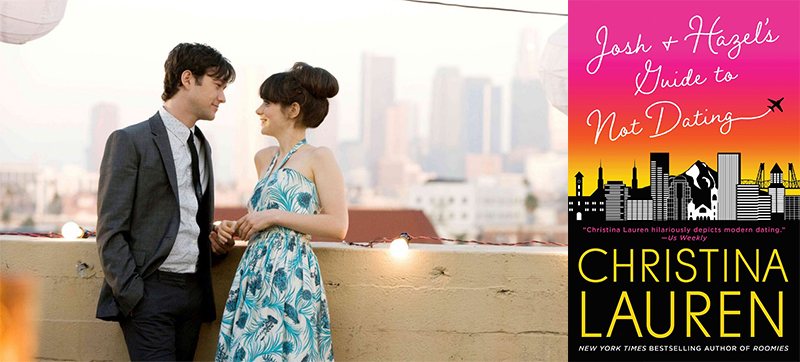



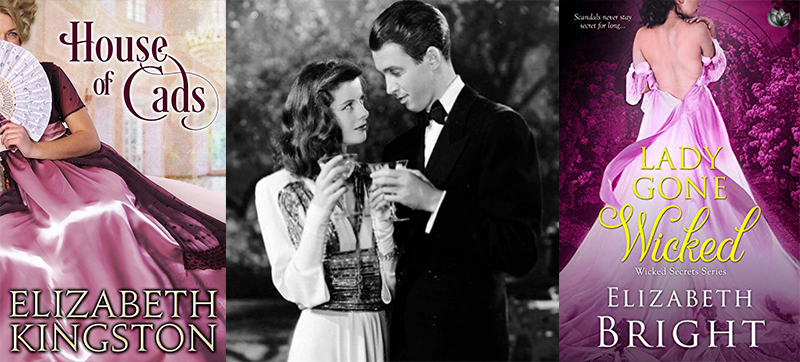























 Marcus Didius Falco and Flavia Albia series by Lindsey Davis
Marcus Didius Falco and Flavia Albia series by Lindsey Davis The Rosalind Thorne mysteries by Darcie Wilde
The Rosalind Thorne mysteries by Darcie Wilde The Lady Darby mysteries by Anna Lee Huber
The Lady Darby mysteries by Anna Lee Huber The Lady Sherlock series by Sherry Thomas
The Lady Sherlock series by Sherry Thomas The Charles Lenox mysteries by Charles Finch
The Charles Lenox mysteries by Charles Finch The Lady Emily series by Tasha Alexander
The Lady Emily series by Tasha Alexander The Bess Crawford series by Charles Todd
The Bess Crawford series by Charles Todd The John Madden series by Rennie Airth
The John Madden series by Rennie Airth The Grantchester mysteries by James Runcie
The Grantchester mysteries by James Runcie


